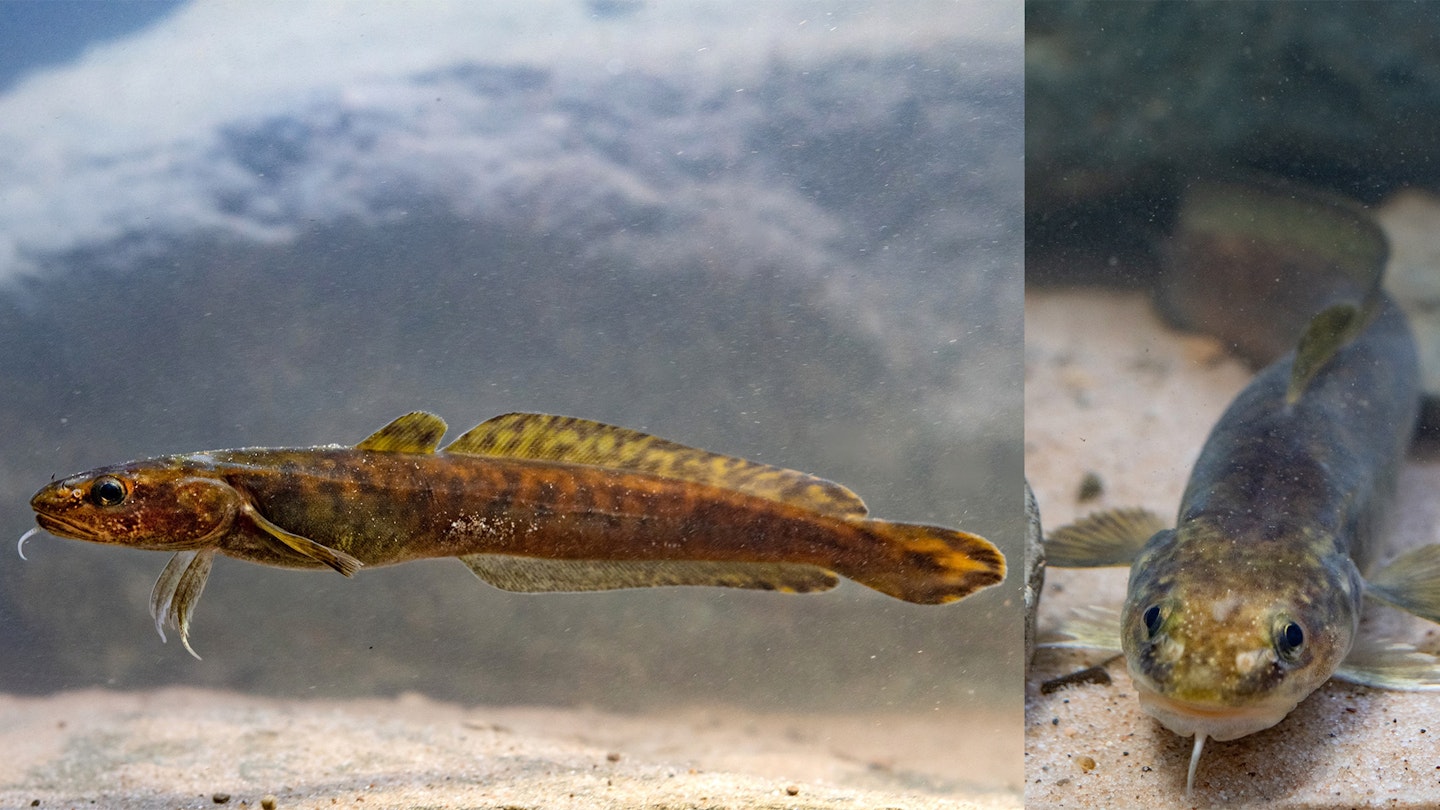After years of speculation, plans to return the burbot to British waters are finally a reality, thanks to pioneering efforts from the Norfolk Rivers Trust.
“There’s still a lot of work ahead, but it’s very exciting,” said the trust’s Technical Director, Dr Jonah Tosney. “Habitat assessments are ongoing, but we’re looking at sites including the River Wissey and Great Ouse catchment.
“It’ll be a huge plus for the rivers,” he continued. “Burbot are meant to be there, and if we can get them spawning successfully, it’s another missing block we can restore. They eat just about anything, but also form prey themselves for many other animals.”
This is the culmination of more than a decade of work, with University College London and Southampton University involved. “There’ll be lots of studies and discussion with Natural England. Obviously it will take time in the first decade until numbers get established,” said Jonah.
Anglers will be urged to take great care and to safely release any fish that they come across, which would be the first English burbot landed since 1969.
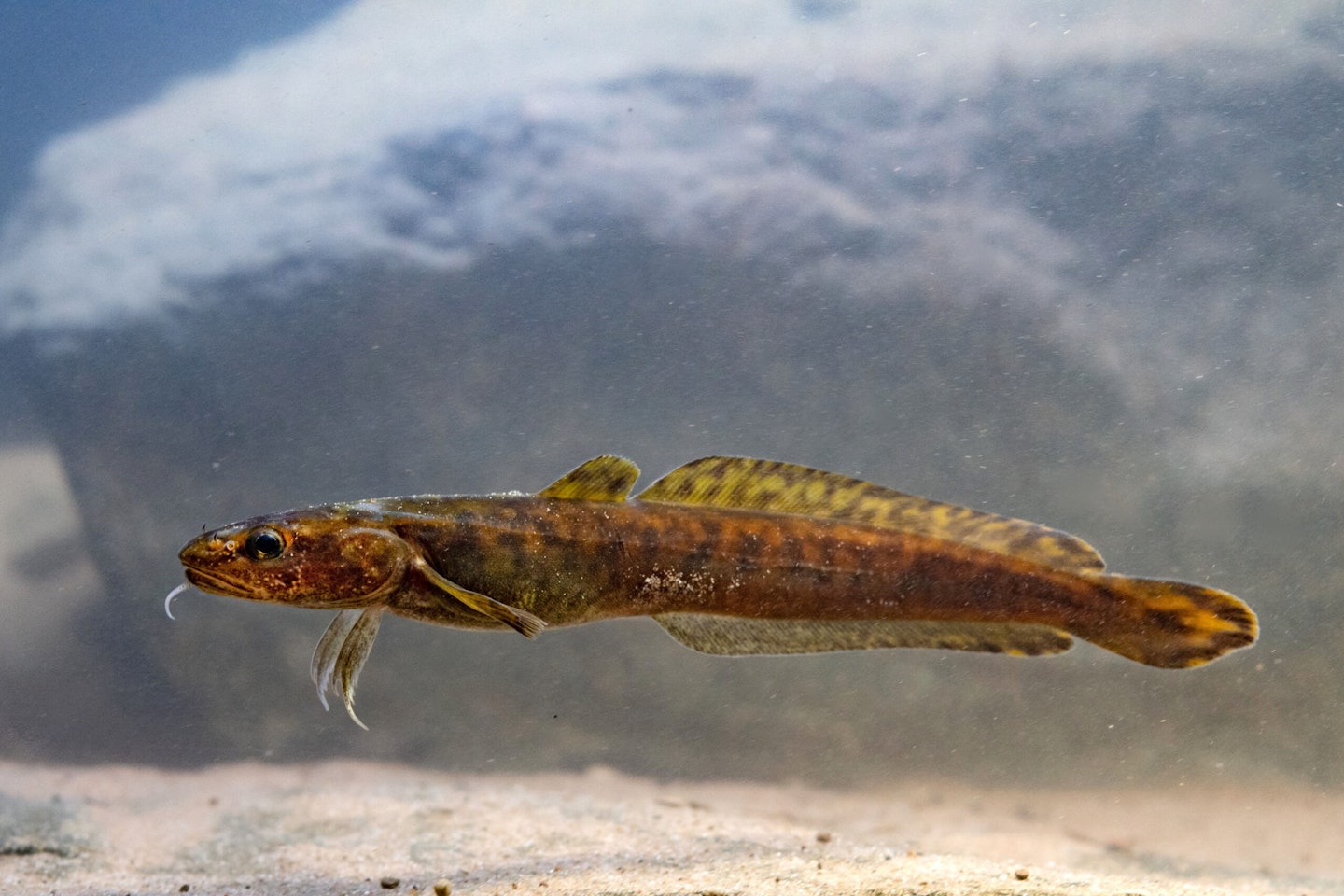
“They’ll slot in perfectly”
With direct experience of burbot on the Continent, underwater film maker Jack Perks sees their reintroduction here as an exciting prospect. “How often is it that anglers see a fish species introduced? This is the last vertebrate we lost. There’ll be pensioners who remember catching them as kids in the 1950s and 60s,” he enthused. “Who wouldn’t want to see the return of a native British species? It’ll take time, but who knows? In a decade or two you might be quivertipping a river and catch a burbot!”
Having spent time in Belgium filming the species and talking to experts recently, though, Jack was also keen to dispel some myths. “There’s a fair bit of misunderstanding about burbot,” he said.
“They don’t need to spawn under ice, as some believe, and in Europe they’ve spawned at 70C. They’re also quite tough and don’t demand perfect water quality. It’s just that their former habitats in England took a battering! In many cases whole rivers were restocked with roach and other coarse fish, but burbot weren’t included.”
Jack echoed Jonah’s view that burbot would easily fit in as a missing piece in their native habitat across Eastern England. “They’ll slot in perfectly. They certainly don’t ‘take over’ and you don’t find them in upper river reaches eating salmon parr. Across Europe they happily coexist with other species.”
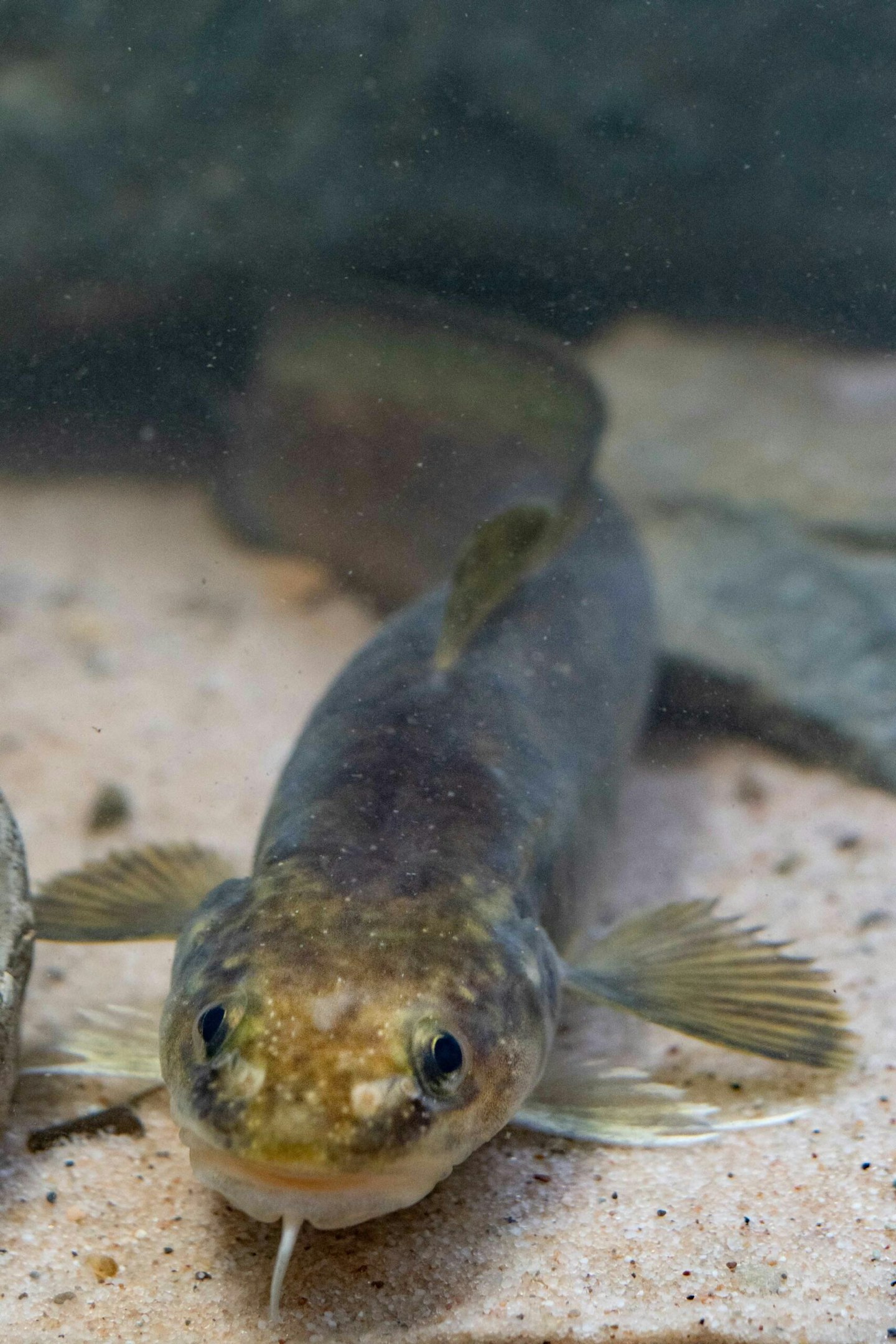
BURBOT FACTS
-
A freshwater relative of the cod, the European Burbot (Lota lota) is more closely related to a ling than your typical river coarse fish. It is easily identified by its elongated form, mottled coloration and single barbel on the chin.
-
Burbot are typically found from a few ounces to 2lb, but once reached weights of over 8lb in England. The biggest-ever European burbot was landed in Sweden, and weighed 18lb 12oz!
-
Native to the East of England, the burbot was once widespread. Records from 1590 state that the species was so common that they were used to feed pigs. Pollution and habitat loss rendered them extinct, with the last known capture back in 1969.
-
Burbot are versatile predators that mostly eat smaller fish such as minnows and bullheads, but also like snacking on crayfish, which is another possible bonus of reintroduction. On the Continent, their wide-ranging diet and big mouth give them a reputation as an obliging, bold-biting species, and they’ll take lures as well as bait.
HOPE FOR OTHER DISAPPEARING FISH SPECIES?
Sturgeon
These ancient fish once roamed many British rivers but were wiped out by pollution, manmade barriers and overfishing. As recently as the 1930s, giant wild sturgeon were lurking in England’s tidal waters, however. As reported by Angling Times in 2020, the UK Sturgeon Alliance is working towards a long-term return. Interestingly, European sturgeon are still showing up off the British coast, leading experts to hope that with better conditions at key sites, this iconic fish could return to spawn.
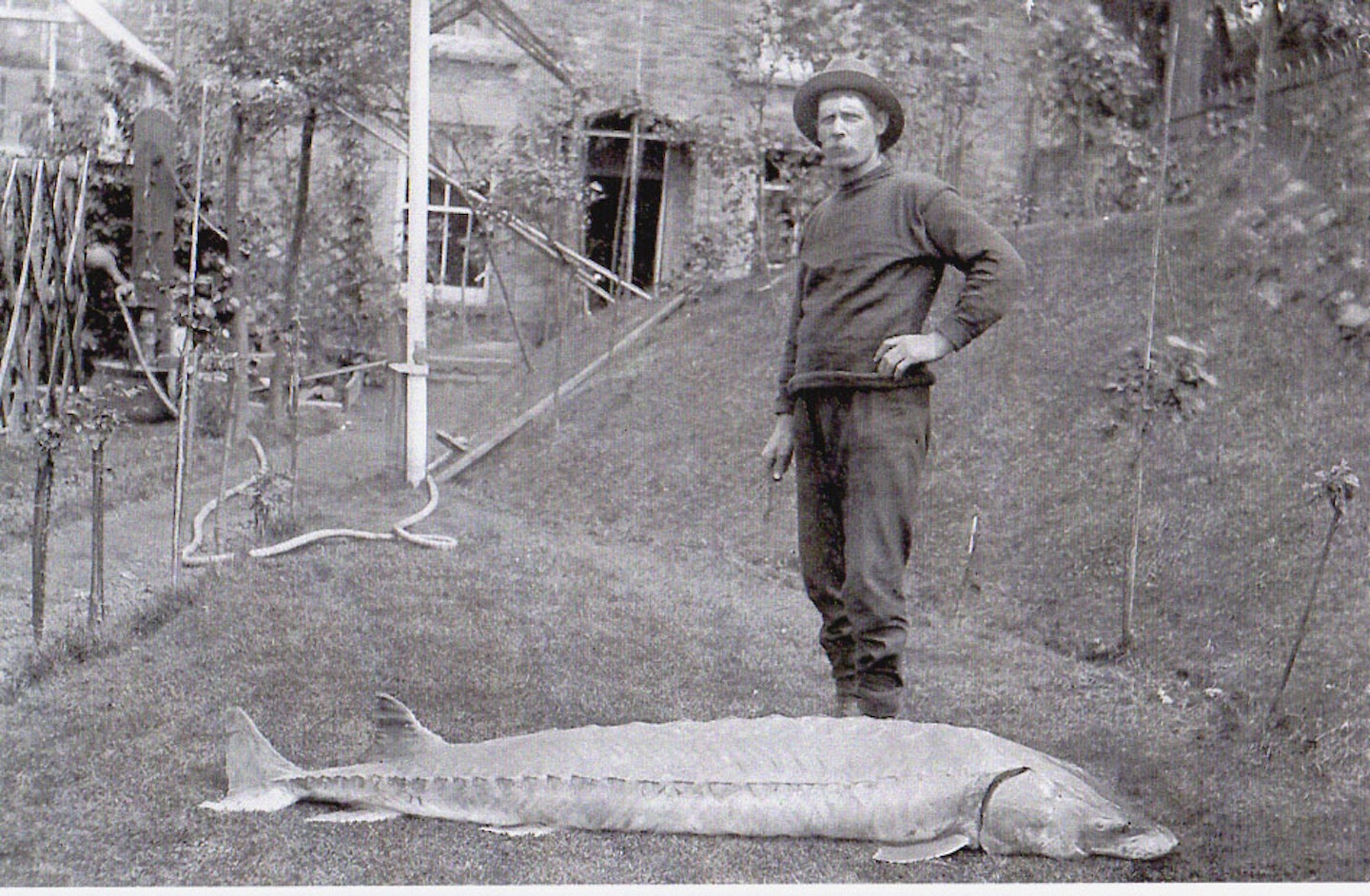
Shad
Once prolific, but now among Britain’s rarest fish species, twaite and allis shad used to run rivers such as the Severn in their hundreds of thousands. Manmade barriers have posed a major problem for the migratory shad, but projects such as Unlocking the Severn are aiming to boost populations by reopening their original migration routes.
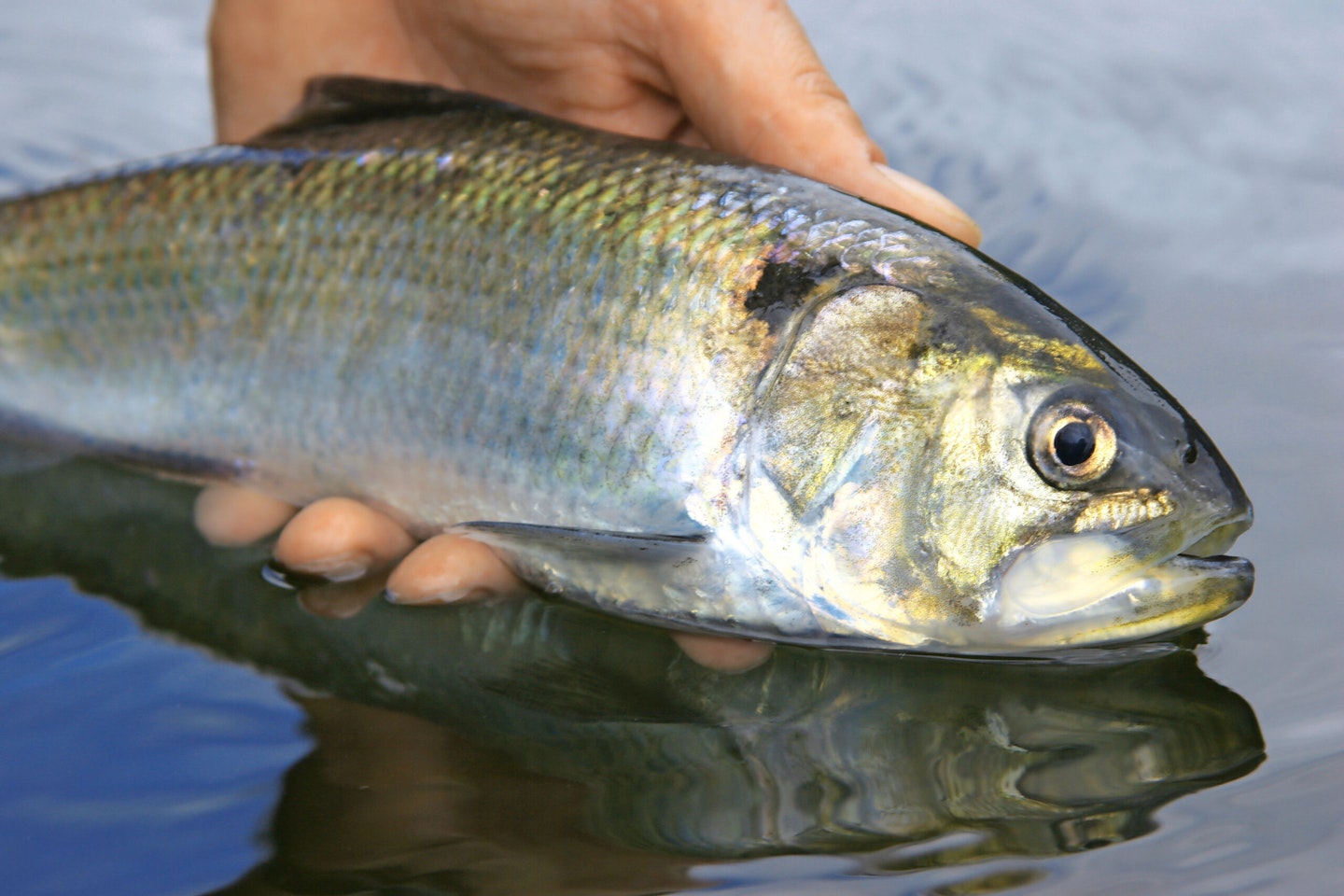
Vendace
Britain’s rarest freshwater fish, the vendace has disappeared from all but a tiny handful of sites in the Lake District and Scotland. A relic of the last Ice Age, they have struggled to cope with eutrophication and competition from introduced species. Efforts are now focused on protecting populations in Bassenthwaite Lake and Derwent Water, where numbers have increased in recent years.
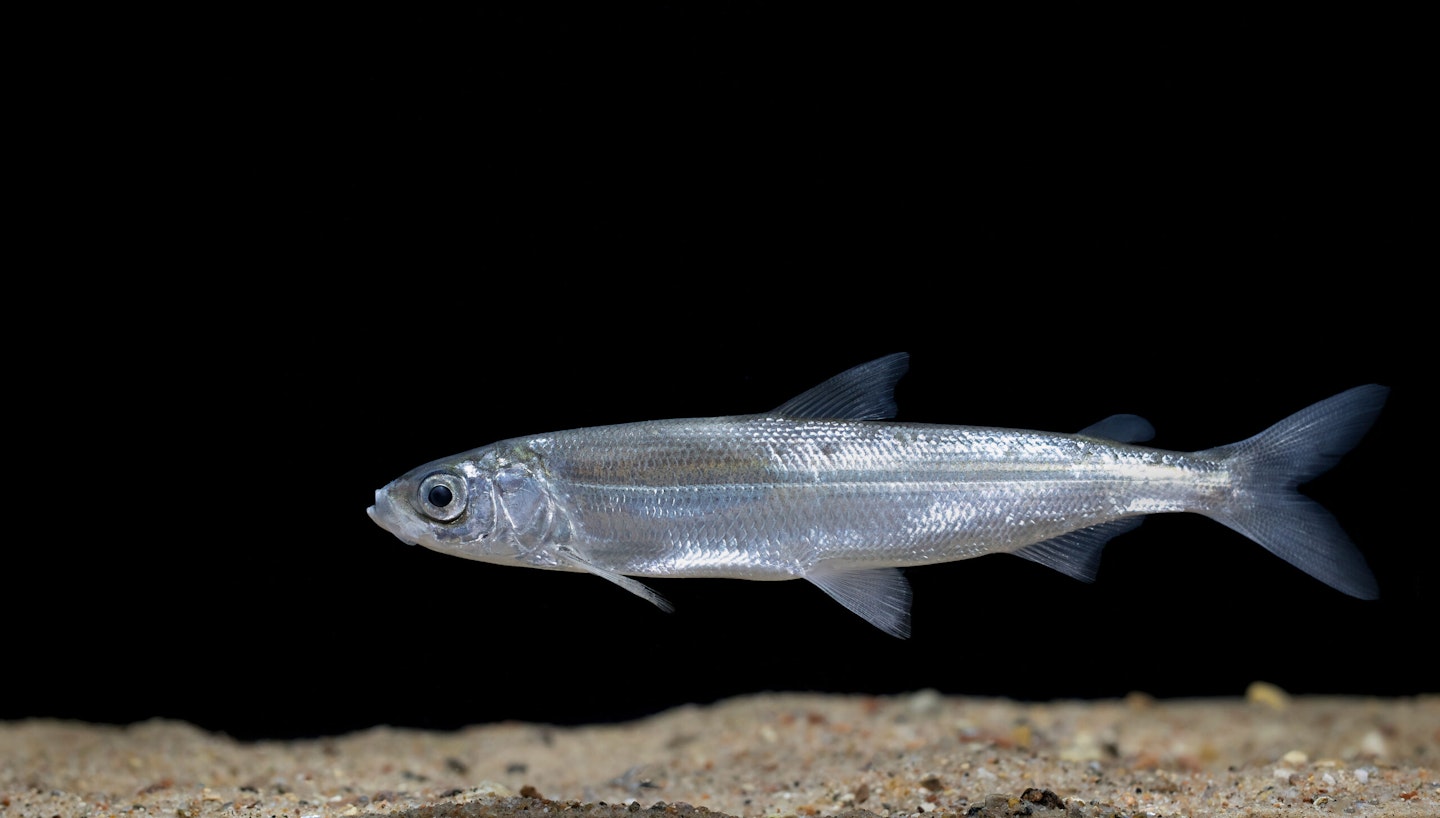
Find out more
To find out more about the burbot and its prospects of making a comeback in England, check out Jack Perks’ YouTube channel and The Bearded Tit podcast, which has a special episode: Reintroducing Britain’s Lost Fish: The Burbot
Norfolkriverstrust.org also has more info, including a webinar featuring burbot experts discussing the species and its prospects for revival.
